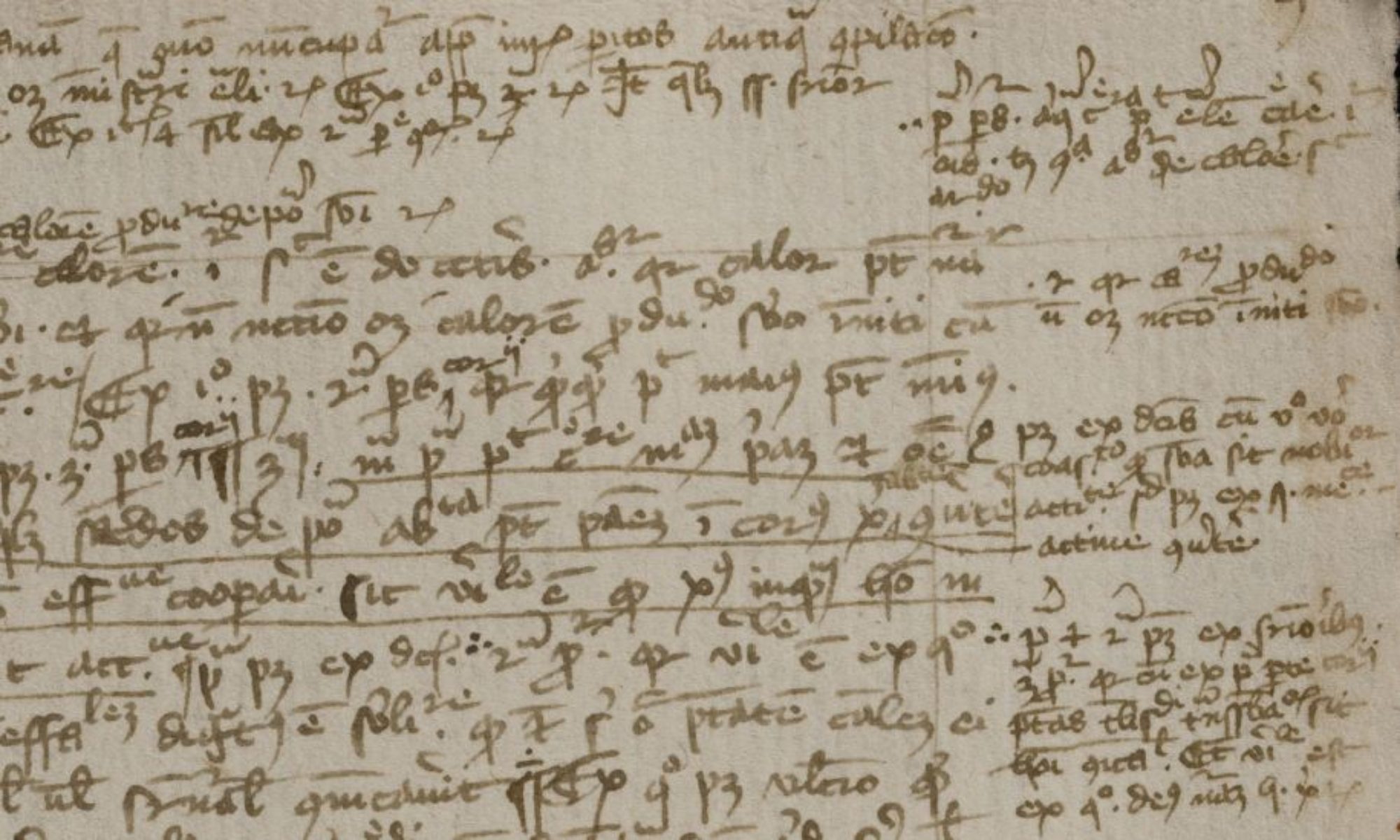An introduction
Project ID: PN-III-P4-ID-PCCF-2016-0064
Host institutions:
Babeș-Bolyai University, Cluj Napoca, Romania
The Romanian Academy (Cluj Napoca branch)
For a more in-depth look at the project and its features, click here to see the full description written as part of the collaboration with the “Teaching the Codex” initiative, belonging to Mary Boyle, Tristan Franklinos, Alex Peplow, and Jessica Rahardjo.
The aim of the RISE project is to provide access to a unique body of material from the collection of the library of the University of Basel (originally from the medieval Dominican convent of Basel) and that will shed new light on the foundation of the Faculty of Theology at the medieval University of Vienna. The Faculty of Theology at Vienna played a crucial role in the development of academic teaching in Eastern Europe in the fifteenth century; it is intimately linked to Romanian intellectual history since some of the university’s first students came from Transylvania. The goal of project RISE will be achieved by identifying, editing, and analysing some previously unexplored texts conserved in the library of the University of Basel. Based on this material, the RISE project will produce the first comprehensive study of the ideas and academic exercises of the first professors of the Faculty of Theology from the medieval University of Vienna. Project RISE will attribute to various authors some hitherto neglected texts, open new perspectives on authors whose works were thought lost, and illuminate the academic system from which these writings derive. Conducting and developing an investigation using an interdisciplinary methodology (paleography, codicology, history of texts and of medieval libraries, transfer of knowledge, medieval philosophy and theology), the RISE project promises to change considerably the present view of the origin of teaching in Vienna. This project will offer an opportunity to a Romanian research team to make a significant contribution to international scholarship.
The material provided by these manuscripts represents without a shadow of a doubt a unique source for a wider understanding of the beginning of the academic activity of the Faculty of Theology at Vienna, arguably the most important university in Central Europe. At the same time, from the list of masters contained in these codices we can advance the idea that their texts illustrate the connection between Vienna and Paris. Some of these theologians were at least partially trained in Paris and they imported the theological and philosophical debates as well as themes and intellectual practices to Vienna. Even more, after their careers in Vienna, some of them went to Cologne, like Thomas de Clevis or Paul of Gerlia, or to Würzburg, as in the case of Peter of Treysa, to spread their theological education. This academic pilgrimage reveals the networking of professors in the age of the rise of new universities. For the thirteenth century we encounter such networking mainly in the studia system of the mendicant orders, but in our case we are dealing with professionally independent persons. This is an interesting issue that we will pursue in our research via a prosopographical study of these codices. Project RISE will also explore the idea of a transfer of knowledge between Paris and Vienna. Here the point of departure will be to investigate the similarity of the philosophical topics and intellectual interests, asking for example about the relation between philosophy and theology, how philosophers deal with revelation, the limits of the knowledge of the viator (person in this like), the eucharist and other sacraments, etc. The transcriptions that the RISE project will provide will be interpreted at a second stage and this will help to better establish the connections between Vienna and Paris. This project proposes to investigate an outstanding body of material that will guarantee innovative results. The first thing that one notices while reading the manuscripts folio by folio is the presence of the names of numerous theologians. Codicologically speaking, one also notes that the manuscripts are composed of different units that are related to different narrative styles reproduced by at least in some case by four types of handwriting (see A X 44). One finds various marginal notes, inserted bits of paper adding new passages, and all sorts of symbols directing the reader or the user of the text from place to place. The RISE project will devote particular attention, based on the competence of the team composed by diplomats and paleographers from the Romanian Academy, to all these details and will try to determine how the material aspect of the manuscripts guides us in our attempt to depict the academic milieu of Vienna before Dinkeslbühl.
